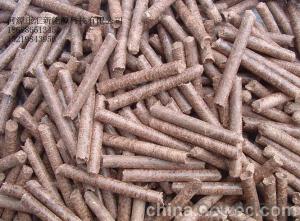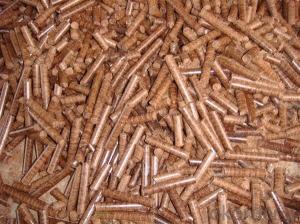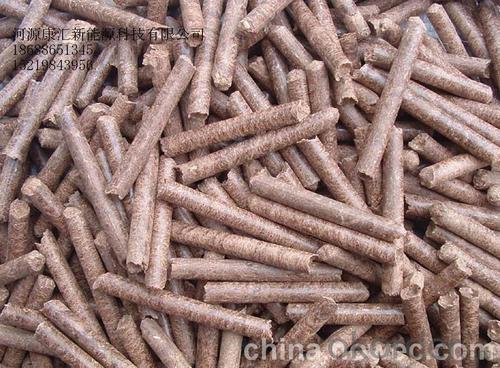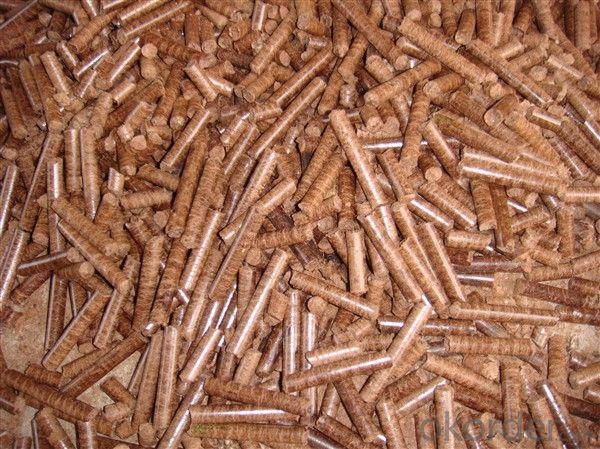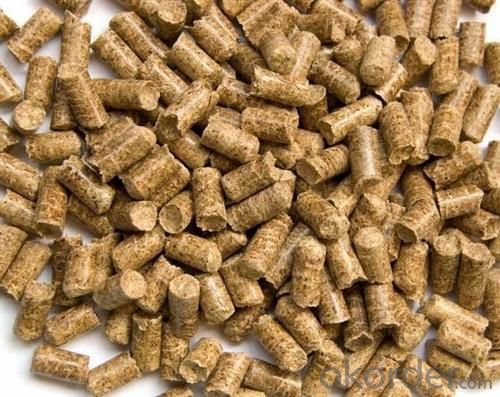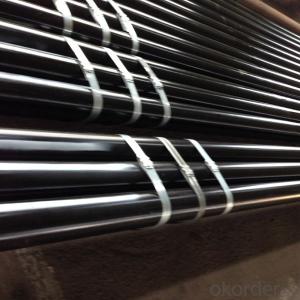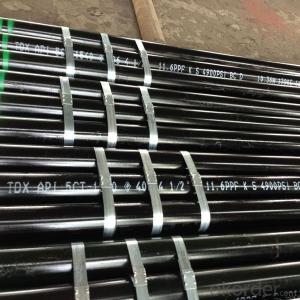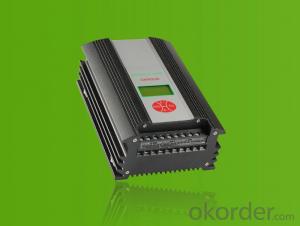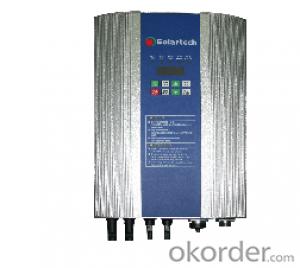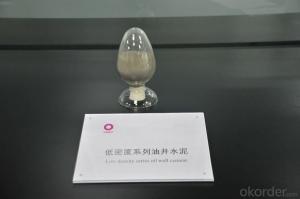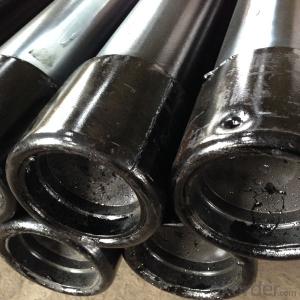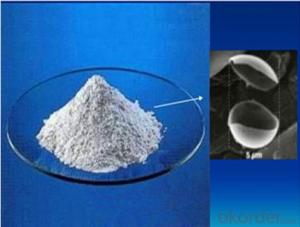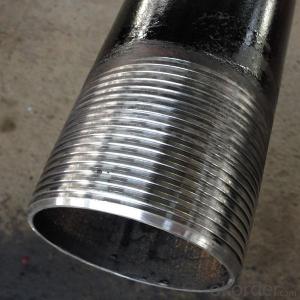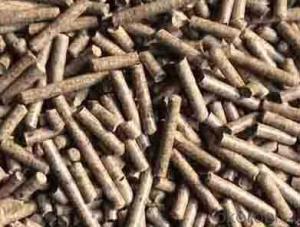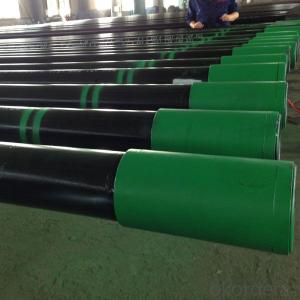Biomass Pellet Made by ricehusk calorific value 3900~4800 Kcal /kg
- Loading Port:
- China main port
- Payment Terms:
- TT OR LC
- Min Order Qty:
- 1000 kg
- Supply Capability:
- 100000 kg/month
OKorder Service Pledge
OKorder Financial Service
You Might Also Like
Biomass Pellet Made by ricehusk calorific value 3900~4800 Kcal /kg have the following futures:
1.Biomass Pellet Made by ricehusk have higher calorific value,the calorific value is around 3900~4800 Kcal /kg,after carbonization the calorific value is around 7000~8000 Kcal /kg;
2.the full certification is possible:CE,SGS
3.The biomass pellet have higher purity, without any sundries, the pellet contains Carbon content 75-85%, ash 3-6% and water content 1-3%.
4.The biomass pellet have higher purity, without any sundries, the pellet contains Carbon content 75-85%, ash 3-6% and water content 1-3%.
The biomass pellet have no sulfur, no phosphorus, non-corroding boiler that can extend the service life that benefit your enterprise;
Cause the biomass pellet have no sulfur, so it could not produce sulfur dioxide and phosphorus pentoxide when burning, so it won’t pollute the air and the environment;
Specifications:
Size: | 3900~4800 Kcal /kg |
Material: | Rice husk |
Packaging: | 1000KG/bag, |
Loading Qty: | 55000KG/40HQ |
Delivery: | Immediate upon receipt of order |
FAQ:
1. How long will my inquiry get response?
Your inquiry related to our products or prices will be replied within 24 hours.
2. Can I get professional service and suggestion?
Well-trained and experienced staffs to answer all your questions in fluent English.
3. Do you accept OEM or customized design?
OEM & ODM, any your customized lightings we can help you to design and put into product.
4. What if I need specific design?
Distributorship are offered for your unique design and some our current models.
Images
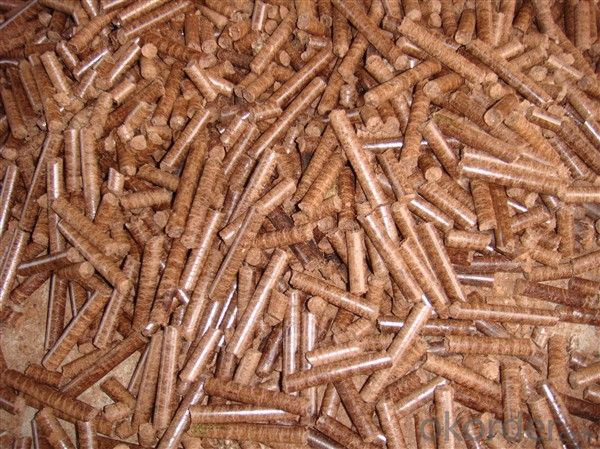
 ..
..
- Q: What is a one-time energy
- Primary energy, also known as natural energy, refers to the use of natural resources that have not been changed or changed. Such as coal, crude oil, natural gas, water, wind energy, solar energy, ocean energy, tidal energy, geothermal energy, natural uranium, etc.. Primary energy is divided into renewable energy and non renewable energy, the former refers to the repeated generation of natural energy, the latter with a little less, mainly all kinds of fossil fuels, nuclear fuel.
- Q: What are the needs and pain points of new energy vehicles in insurance products and related services
- Insurance, new energy vehicles mainly insurance premium, significantly higher than that of the traditional models, the difference between the minimum 2000 yuan, up to more than 4700 yuan, even taking into account the new energy automobile owners is not high on daochengjian demand, do not calculate daochengjian, the difference between the minimum is close to 800 yuan, while the highest is more than 3200 yuan. Among them, the vehicle damage insurance costs higher in property losses, which is directly related to the purchase price of the new car. Only car damage insurance, the cost of new energy vehicles is higher than the insurance premium of more than 1000 yuan, it can be said that the high cost of insurance directly increases the cost of the annual use of consumers.
- Q: What is the classification of energy?
- , more new energy has begun to meet human needs
- Q: What are the contents of bio energy
- Many types of biomass specific plants, the main and we often see the wood, crop (straw, rice straw, wheat straw, cotton stalk, bean stalk, rice husk, weed and algae etc.). Among the non plant species, there are mainly animal manure, animal carcasses, organic components in wastewater and organic components in waste.
- Q: What are the tax policies for renewable energy companies?
- The national development and Reform Commission had issued the "renewable energy and long-term development plan" put forward, to 2020 the proportion of renewable energy in the energy structure to reach 16%, the proportion is still less than 1%. plan to increase financial input, the implementation of preferential tax policies "set down as a principle of the development and utilization of renewable energy.
- Q: Total energy consumption and total energy production
- Any of the two secondary energy products produced by the conversion of various energy sources (including other non - energy products and associated products)
- Q: Definition of low carbon energy
- All of these need to implement low-carbon industrial system in Western europe. It includes thermal power emission reduction, new energy vehicles, building energy efficiency, industrial energy conservation and emission reduction, recycling economy, recycling of resources, environmental protection equipment, energy-saving materials, etc.. We are now in an important period of economic transformation.
- Q: Energy Star certified product range
- Upstairs to answer the news, is the United States energy saving certification, a lot of IT, TV/AV products have to do energy star; but the United States has a California CEC certification, but also energy-saving certification, but different from the energy star
- Q: What is the difference between energy star and DLC
- In the field of electronic energy consuming products, especially for the energy efficiency of lighting products, Anbotek as a EPA accredited laboratory in the United States, has more than and 10 years of experience, while obtaining the following authorization:EPA recognized Energy Star Testing LaboratoryCalifornia energy efficiency accreditation LaboratoryAccess to the U.S. Department of energy's LIGHTING FACTS LABEL authorized testing laboratory
- Q: What is the energy consumption per unit product
- Formula: (1) comprehensive energy per unit of product yield comprehensive energy consumption per unit of product yield consumption = production of comprehensive energy consumption of the product (equivalent) / qualified product yield (2) yield of single unit product energy consumption per unit of product yield of single energy consumption = production of the product consumption of a variety of energy the number of qualified products yield (3) than the unit energy consumption of products according to the standard procedure to calculate the energy consumption than the unit energy consumption = comprehensive energy consumption according to the standard calculation of the amount of qualified production process / product yield can be calculated according to the standard energy consumption than single bit = yield statistics method of comprehensive energy consumption volume / year range: standard products report on the production of major products for the annual energy consumption of 5000 tons of standard coal and above the legal unit. The index of the sub item is the production of a product of a number of varieties of the total energy consumption of energy, not including production has nothing to do with the amount of energy for the purpose of life, nor does it include internal recycling energy and enterprise basic construction unit consumption using waste heat and gas; mother is qualified, have procedures for storage products production.
Send your message to us
Biomass Pellet Made by ricehusk calorific value 3900~4800 Kcal /kg
- Loading Port:
- China main port
- Payment Terms:
- TT OR LC
- Min Order Qty:
- 1000 kg
- Supply Capability:
- 100000 kg/month
OKorder Service Pledge
OKorder Financial Service
Similar products
Hot products
Hot Searches
Related keywords
